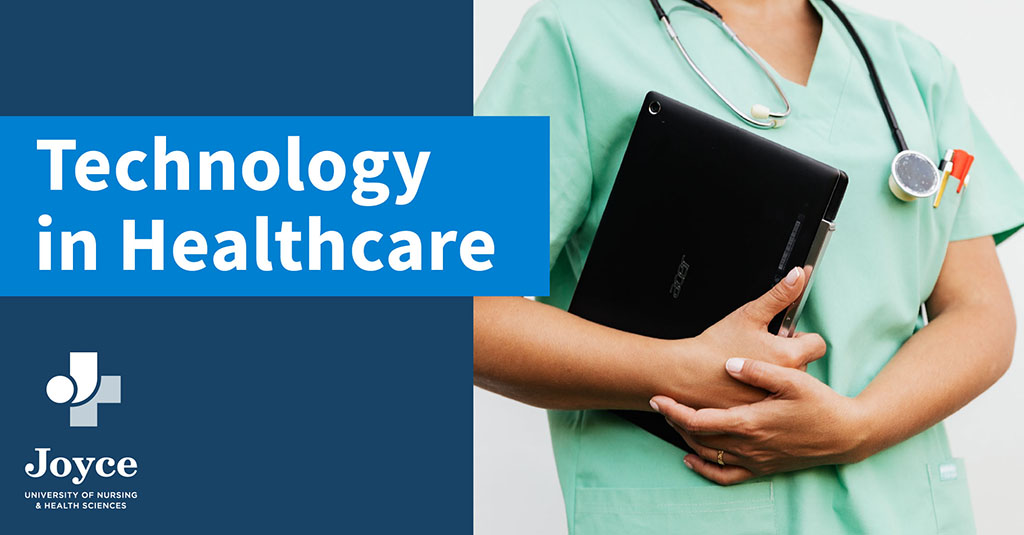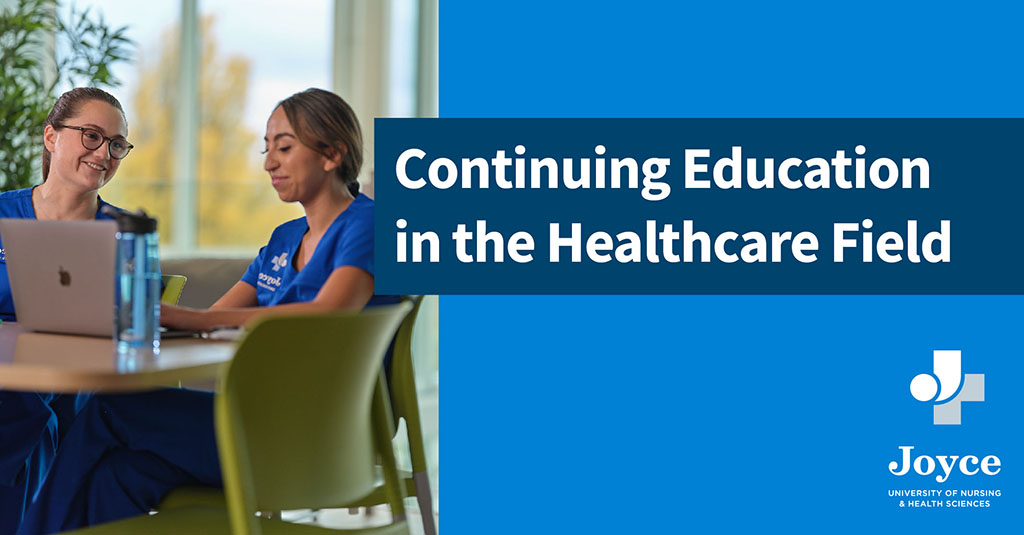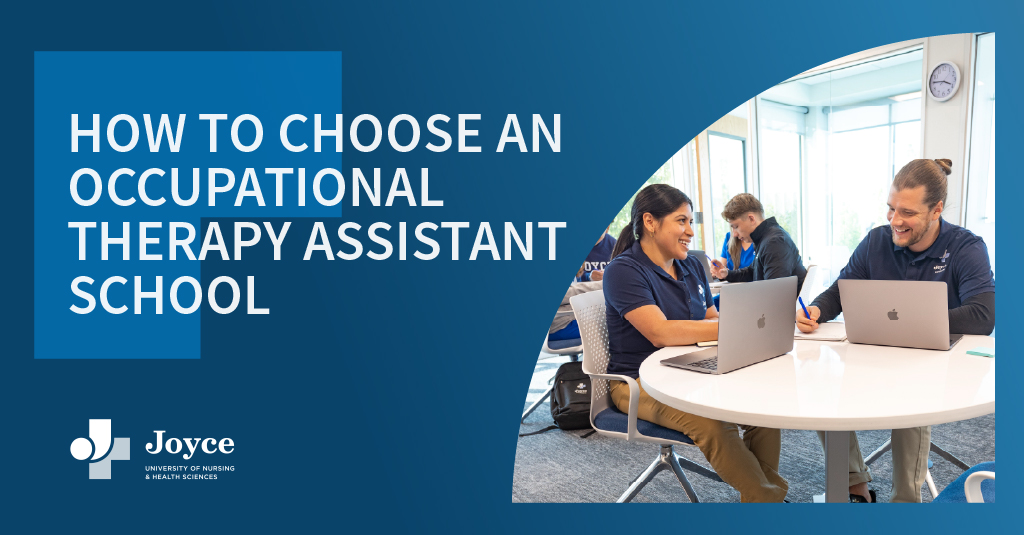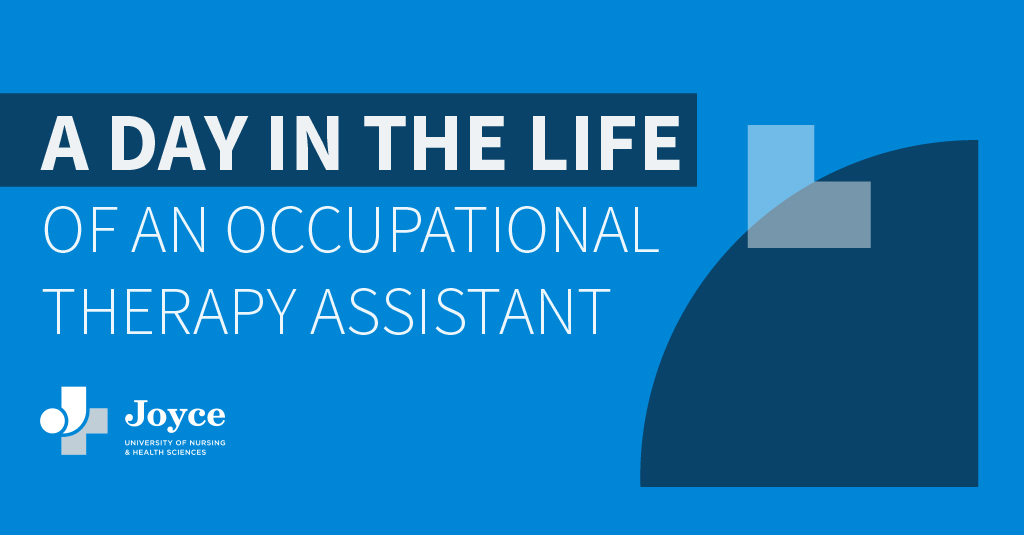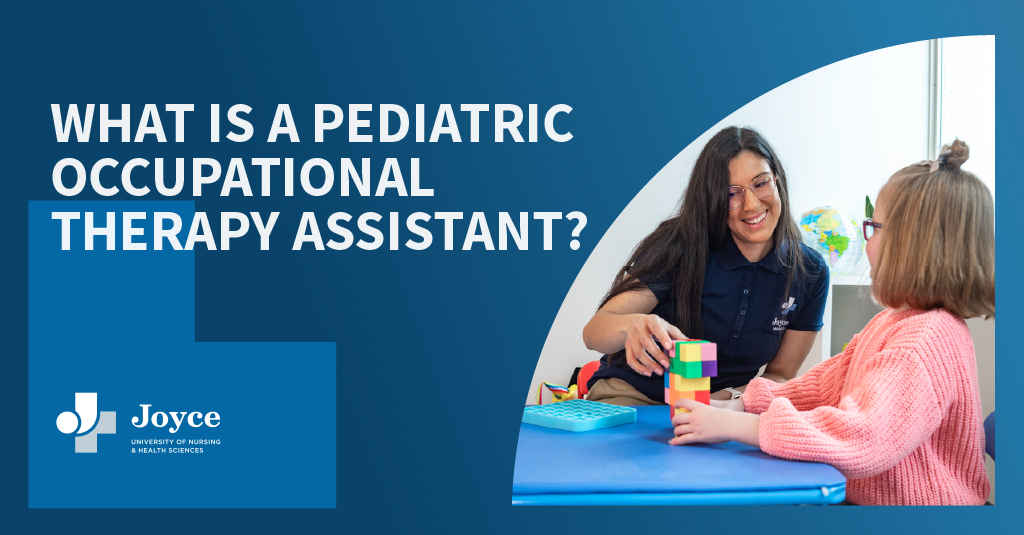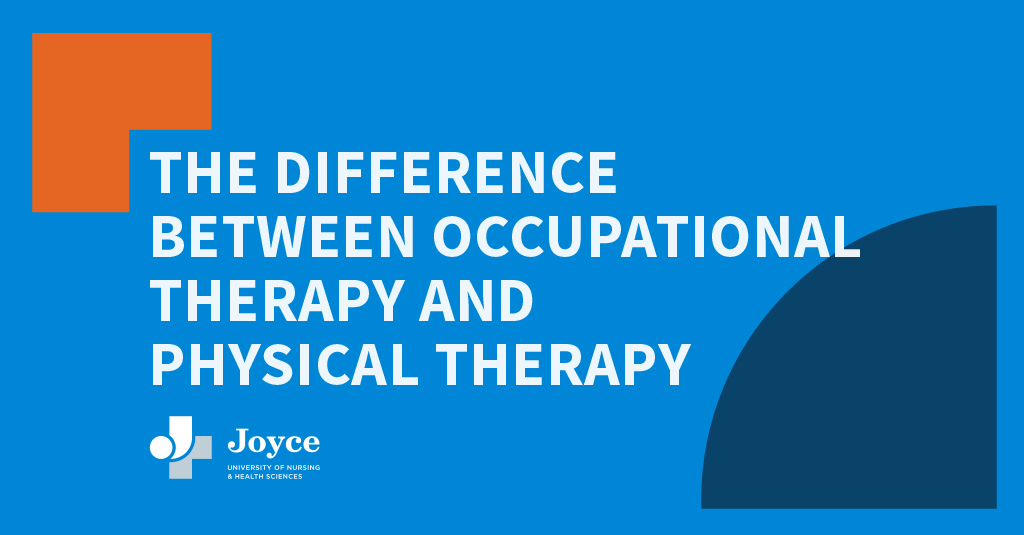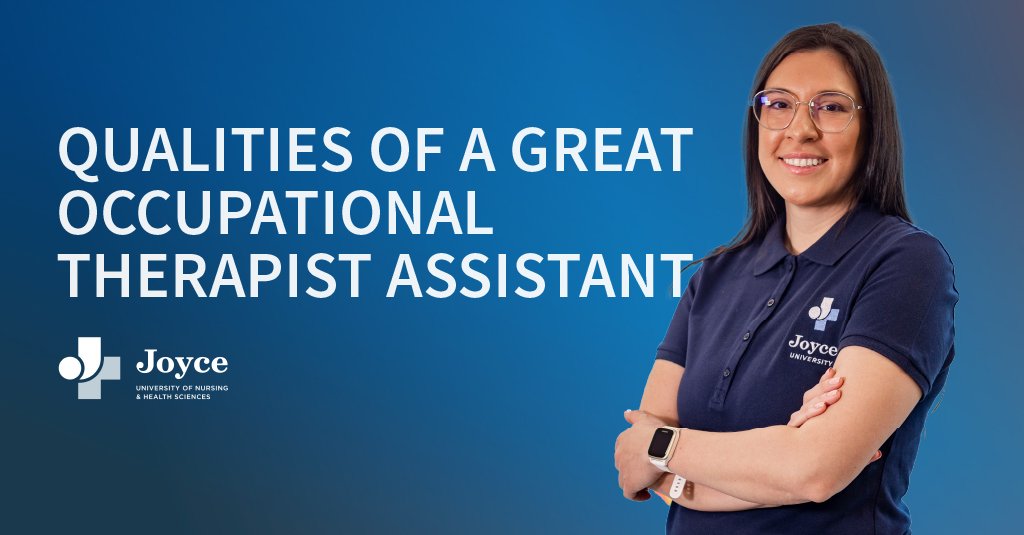What New Technology Means for You and Patient Care
Staff WriterApr 20, 2022
During the mid-20th century, IV bottles were made of glass; CPR did not exist in the form we know it now; and IV catheters were reused and made of metal. For those new to the nursing profession, can you imagine what nursing was like in the ’60s, ’80s, or even the early 2000s?
Technology has, and continues to, rapidly change the nursing profession. From administrative to clinical applications, technology has revolutionized how patients are cared for, how data is collected and stored, and how healthcare professionals communicate with each other. While nursing still requires skills no amount of technology can deliver (compassion, for one!), technology can be a critical asset on the frontlines — and one of your greatest tools. Here are just a few of the ways in which new technology is helping nursing today.
Better Care
The present is a great time to be a nurse. Tablets and mobile devices allow nurses to look up evidence-based treatments and guidelines on the spot with the click of a few buttons, in a span of just a few seconds. Diagnostics tools have become less invasive, which means less pricking, prodding, and poking patients. Labs, pharmacies, and physicians can better coordinate treatment and patient histories due to drastic improvements in the exchange of information. The swarms of data collected through sensors and monitors help nurses and physicians diagnose problems more easily, sometimes even before they happen. And the list goes on and on…
As nurses, we want to provide the best possible care we can to each and every patient, every time. Health IT, at its core, helps us do that, by improving quality and putting the emphasis back on patient-centered care.
Care Anywhere
Couple an aging population with mobile technology, wireless capabilities, the Internet of Things, and connected devices, and you have a recipe for a burgeoning telehealth industry. In fact, the telehealth market is expected to grow by 19 percent over the next decade.
While telemedicine isn’t an entirely new practice, as technology keeps advancing, so does the scope of practice of telehealth professionals. So, what does this mean for as you, as a nurse? It means that medicine is expanding beyond the walls of the hospital and back to the community. It means you’ll be able to provide quality care to those who can’t leave their home, or to those in rural areas, or to those who can be safely monitored remotely from their own bed, freeing up precious space in hospitals — and the precious time of nurses. You can expand your reach and make a difference to people who may not have sufficient healthcare otherwise.
Information at Your Fingertips
One of the primary goals of greater system interoperability is to improve decision making and diagnosis, it has already digitized health records, benefiting practitioners and patients everywhere. As a nurse, being able to access medical records and patient data in a snap frees up more of your time to actually treat your patient. Electronic healthcare records (EHRs) allow for a comprehensive picture of your patient’s past medical history, medications, labs, and treatments, making care more efficient and less prone to documentation error.
EHRs have already become a vital part of a nursing and will only continue to evolve as systems become more connected.
At Joyce University, we prepare nurses to thrive in today’s technology-driven healthcare environment. Whether you’re beginning your healthcare journey with our ASN program, pursuing a 3 year BSN degree or accelerated BSN program, advancing through our RN to BSN program, or reaching higher with an MSN degree, you’ll learn to leverage the latest healthcare technologies while maintaining the human touch. Begin your journey into modern nursing by exploring our nursing school.
Nursing
Learn MoreHealth Sciences
Learn MoreApply Now
Request Info
